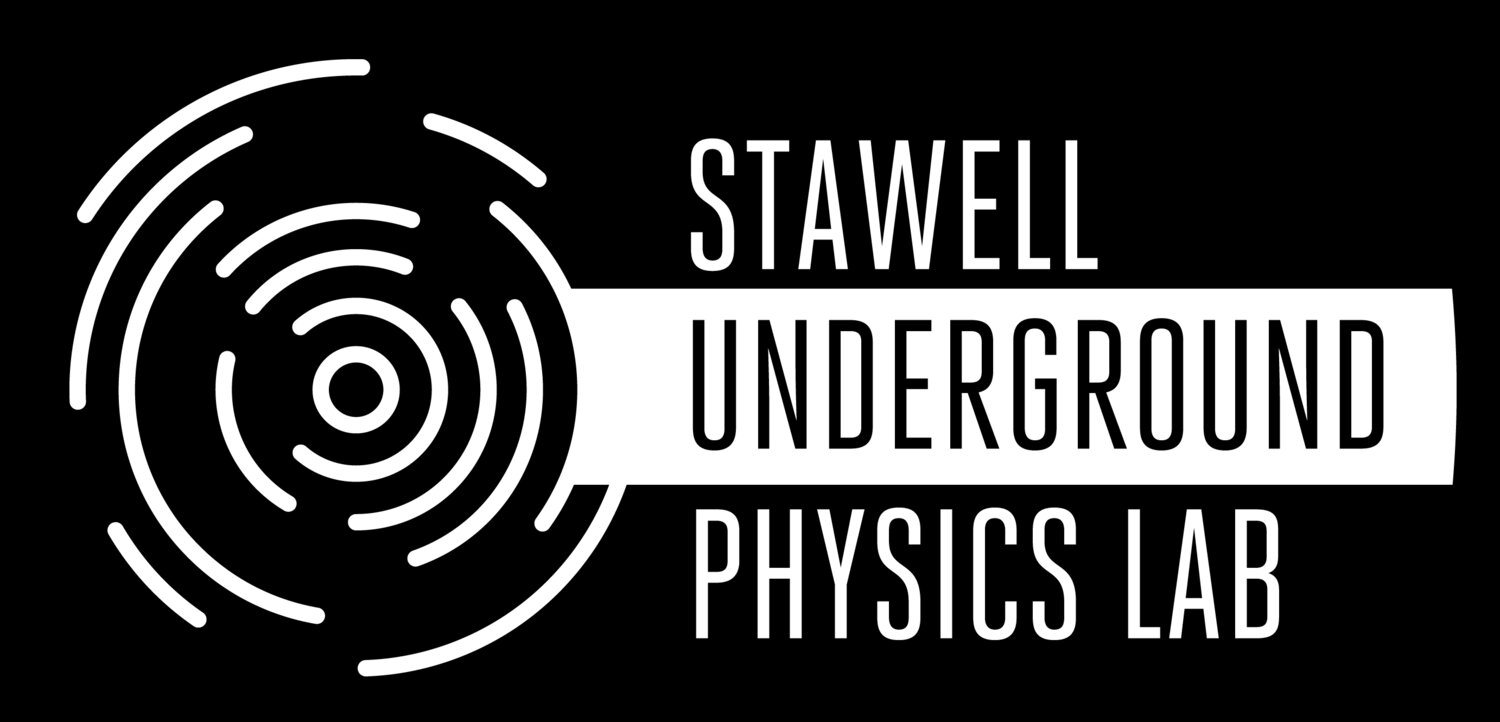Frequently Asked Questions
Can I visit the laboratory?
A visit to the laboratory requires a special vehicle and driver who is experienced in driving inside the mine. The location of the laboratory inside a working mine also means there are strict safety protocols, PPE and formal induction processes. All of this means that visits are strictly limited.
In the future, it is hoped that a visitor centre can be established above ground in Stawell to provide community members and visitors the opportunity to learn about the work happening in SUPL, and gain an understanding of its unique environment.
Why is SUPL located underground?
The underground location of SUPL helps to shield experiments from cosmic interference. The SABRE South dark matter experiment is very sensitive to radiation, and layers of rock provide a buffer against radiation and any other contaminants from cosmic rays (radiation coming from space). This ensures that any signals that are detected really are dark matter.
Why was Stawell Gold Mines selected as the site of SUPL?
When we were looking for a site for SUPL, we knew that we wanted a deep underground location (more than 800m), so that narrowed down the options considerably. There are only a few deep mines in Australia and the Stawell Gold Mines is one of the deepest; the depth required was in a disused part of the mine so it fit the bill.
We were introduced to the Northern Grampians Shire Council and the mine management, and after extensive discussions, the use of part of the mine was approved for the laboratory.
What is SUPL’s connection with experiments in Italy?
The dark matter experiment that will be located in SUPL will be the SABRE South experiment. This experiment has a twin in Italy – the SABRE North experiment at the Laboratori Nazionali del Gran Sasso (LNGS), which is situated beneath the Gran Sasso Mountain.
Having sites in both hemispheres ensures that seasonal variation can be discounted as impacting the results in any dark matter detection.
What is DAMA/LIBRA?
For the past 25 years, a detector called DAMA/LIBRA under the Laboratori Nazionali del Gran Sasso has been noting a yearly pattern in the number of signals they capture, called an “annual modulation effect”. The team believes it could be due to Earth moving closer to and further away from our galaxy’s dark matter halo.
Through their studies, and independent reviews of their studies, they couldn’t rule out a dark matter hypothesis to explain it.
No other detector has been able to replicate their results. One reason for this is due to the particular sodium iodide crystals the DAMA/LIBRA team has used. They were the most radio pure crystals available – meaning very low levels of radioactivity.
What is SABRE?
SABRE stands for Sodium Iodide with Active Background Rejection Experiment. It aims to detect dark matter particles via their scattering off nuclei.
The SABRE South and SABRE North experiments uses an array of high radio-purity thallium-doped sodium iodide (NaI(Tl)) scintillating crystals deployed in a liquid scintillator to detect dark matter.
These experiments try to detect the recoil of a type of hypothetical dark matter particle – called weakly interacting massive particles, or WIMPS – off targets deep underground.
Will other experiments be located in SUPL?
ANSTO (Australian Nuclear Science and Technology Organisation) researchers will use the lab for very sensitive measurements of environmental samples, and to investigate development of biological systems like cell cultures, in the absence of background radiation.
It is planned that the lab will remain an important asset for the Australian scientific community beyond the search for dark matter and will be used for other research purposes in the future.
Will scientists work inside the laboratory on a day-to-day basis?
No, following the commissioning of the experiment, the main work surrounding the SABRE South experiment will involve the collection of data, which can be done remotely. However, scientists will need to travel underground to the lab intermittently to check on the experiment and perform maintenance.
